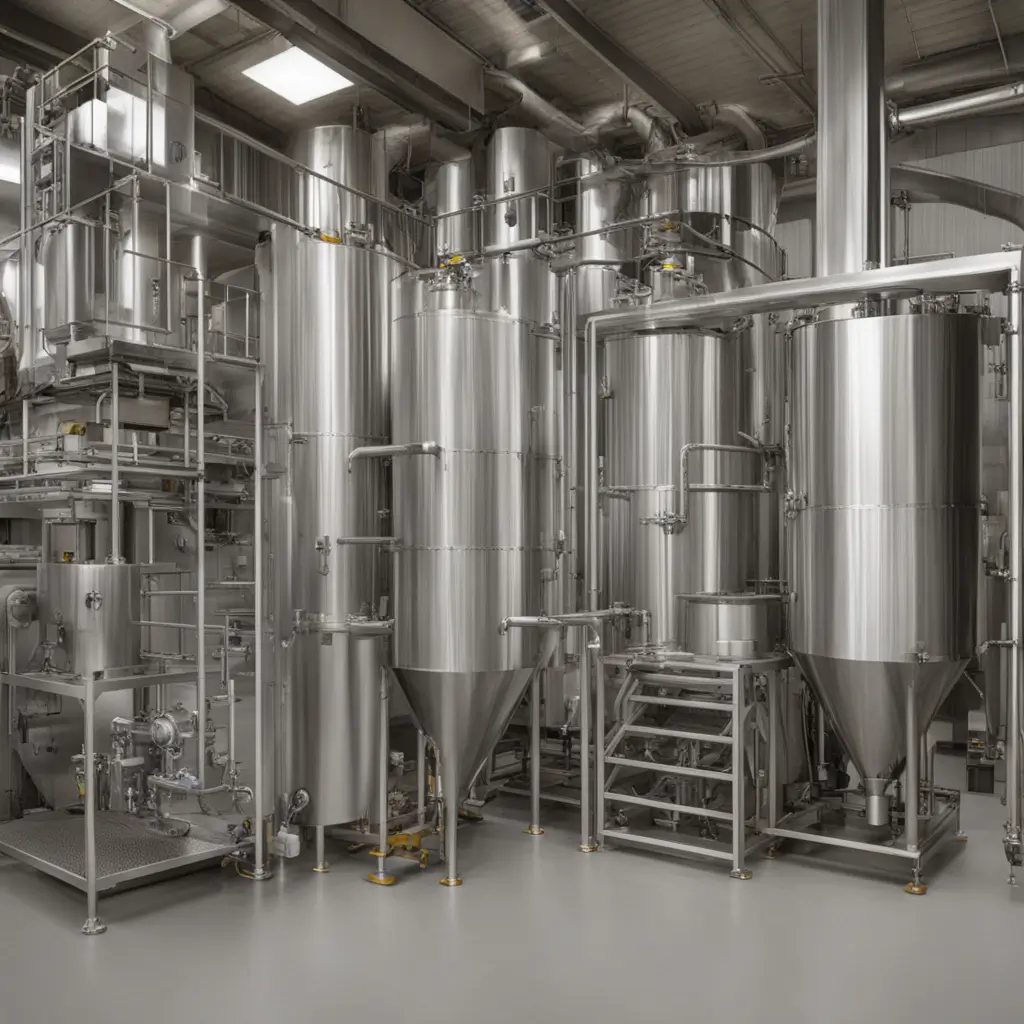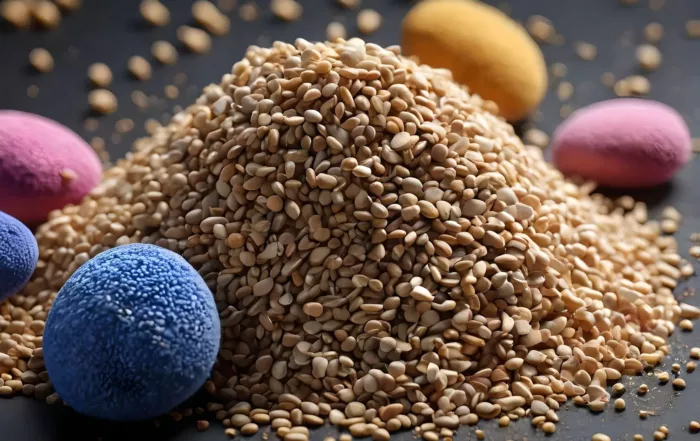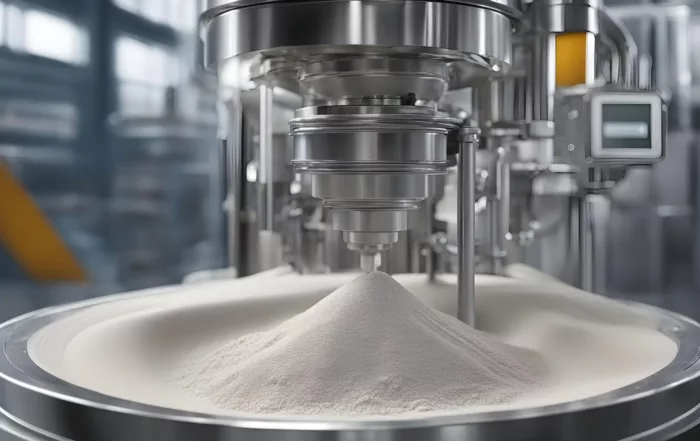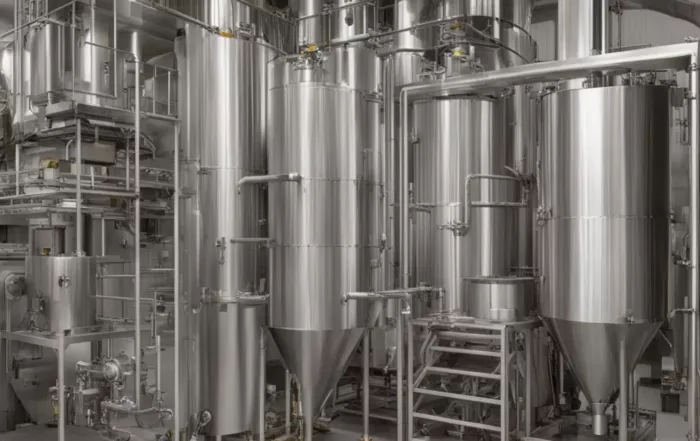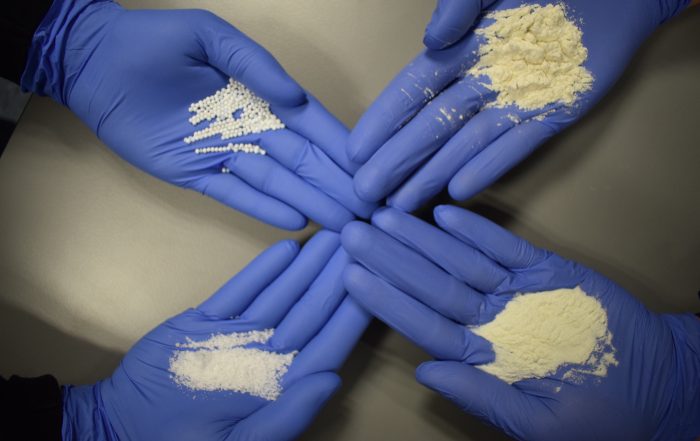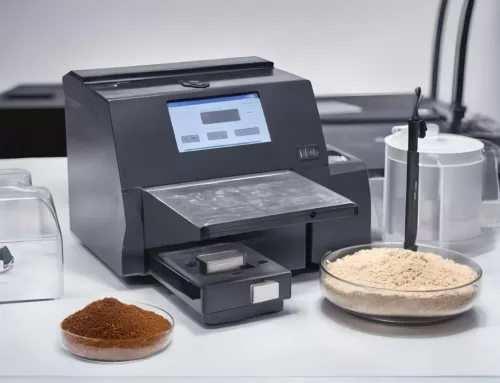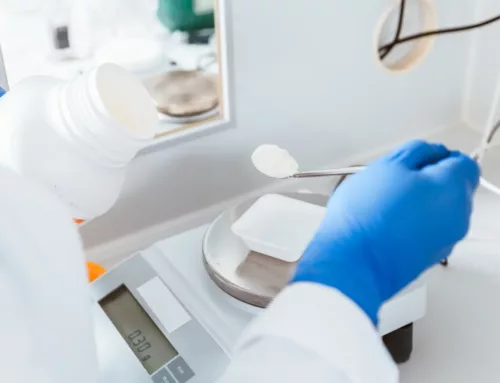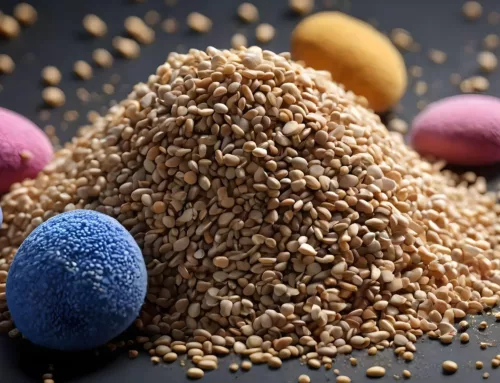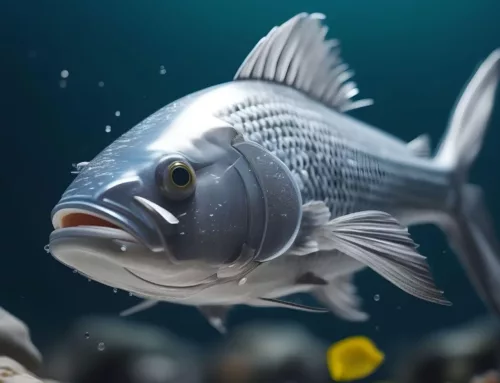Particle Engineering Techniques – Fluid Bed Agglomeration
The granulation of a mixture improves solids properties such as flowability, and compressibility and plays a fundamental role in limiting segregation of the mixture. Fluid bed granulation is a wet granulation process that adds a specific liquid to base particles to form granules. The material is suspended in the fluid bed granulator by applying high-velocity cyclonic air flow current to the particles to set up a fluidized bed of material. The added liquid is sprayed upon the base particles in a timed manner which results in the solids sticking to each other, forming granules with a larger material size.
At the end of the spraying process, the wet granule is dried within the fluid bed using hot air. During the spraying granules will grow in size and subsequently reduce in size due to granules impacting each other, this leads to attrition, which can lead to a myriad of issues in the production and handling process such as a heterogenous particle size distribution, material waste due to the evaporation of smaller particles, dustiness et cetera.
Particle Engineering Techniques – Encapsulation
Spray-drying is frequently used as an encapsulation method. The material to be encapsulated, together with an amphipathic protein having both hydrophilic and hydrophobic aspects generally a starch derivative is homogenized as a suspension. The slurry is then fed into a spray-drier, usually a tower heated well past 100 degrees Celsius. The slurry atomizes as it enters the tower, the small size of the droplets result in a relatively large surface area which dries the material in a relatively quick manner, as the water evaporates. The starch derivative forms a hardened shell around the material.
Particle Engineering Techniques – Blending
In certain cases spray-drying is used to blend materials, for example in the case of infant formula (baby milk). This process is known as the wet blending spray-drying process. During this process ingredients are blended together (minerals, lactose, vegetable oil, skimmed milk and whey protein), the mixture is then homogenized and subsequently pasteurized and spray dried to produce a powdered product. This process has the benefit of ensuring a uniform nutrient distribution throughout the product batch.
Back in February we shared our first R&D article in regards to particle engineering.
We discussed how particle engineering was fundamental for many fields of industry, food, feed, pharma, etc. Particle engineering is the Golden Goose of industry, because particle engineering offers industry the possibility to tailor make particles. Particle engineering requires a deeper understanding of the particle formation process. Complex structured granules are difficult to design primarily because of the complexity in formulation process, that need to be tweaked in a correct manner to achieve the desired result.
In our previous article we discussed the industries in which Particle engineering is prevalent and we briefly touched upon the various techniques. In this article we will give an overview of the various techniques relating to spray-drying available in the particle engineering process.
Particle engineering in Pharmaceuticals, Food, and Cosmetics
Particle engineering is an emerging field that is affecting multiple industries, with its most significant impact felt in pharmaceuticals, food, and cosmetics. The roots of particle engineering extend deep into human history, with [...]
Designing Functional Powders
Functional Powder Design Functional Powder design plays a fundamental role in numerous industries, enhancing the effectiveness and efficiency of products we encounter daily. powder customization of powders to specific applications enables [...]
Particle engineering Industry’s golden goose (part 2)
Particle Engineering Techniques - Fluid Bed Agglomeration The granulation of a mixture improves solids properties such as flowability, and compressibility and plays a fundamental role in limiting segregation of the mixture. Fluid bed granulation [...]
Particle engineering industry’s golden goose (Part one)
What is particle engineering Particle engineering is the science of altering particles into a desired shape, size distribution or composition as well as other aspects of the particle's morphology and surface characteristics. Particle engineering [...]

